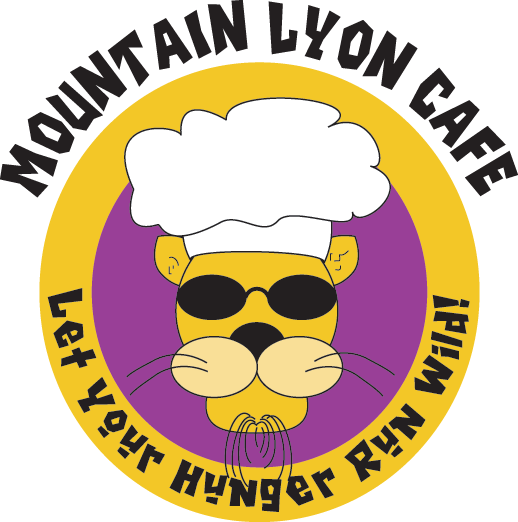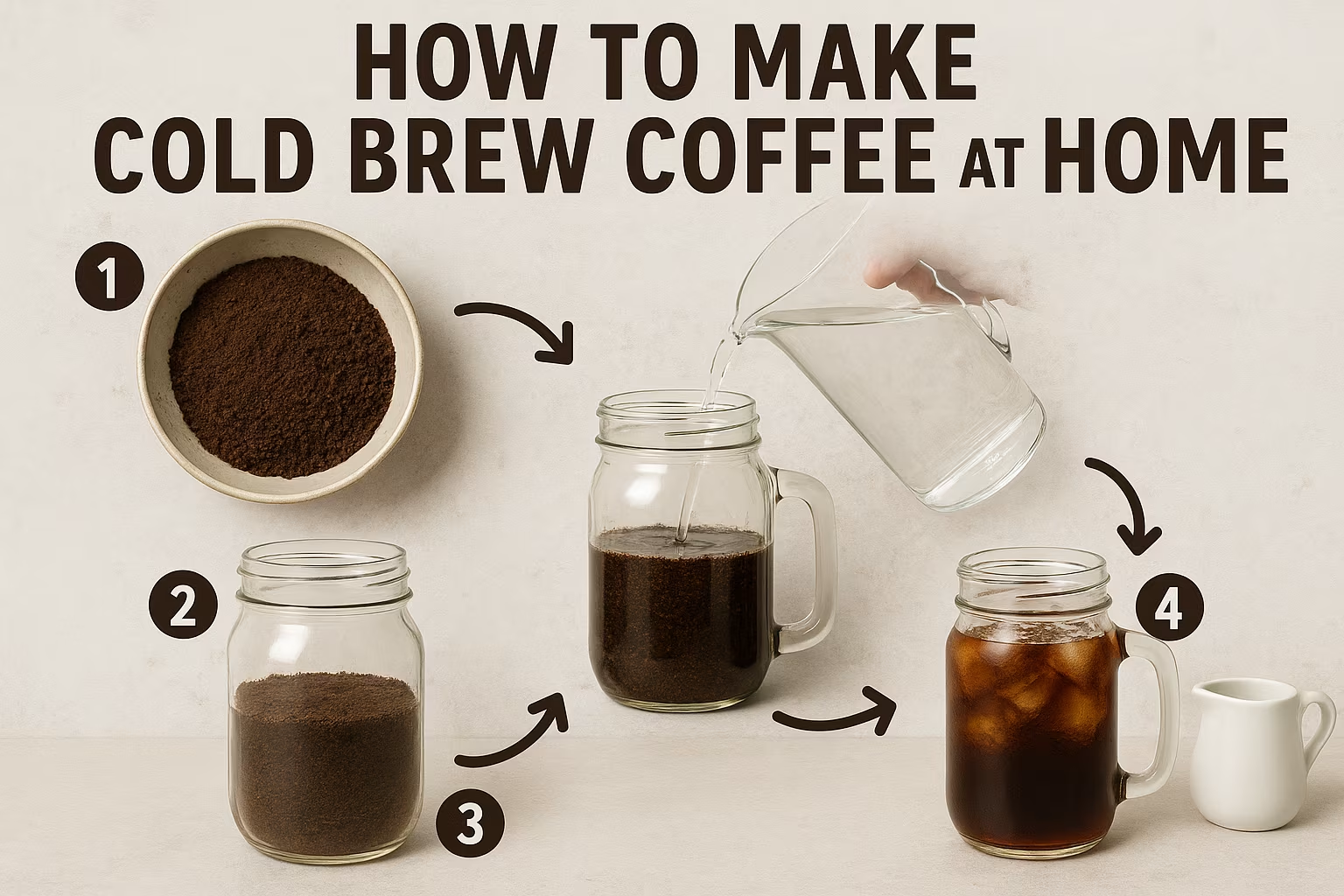Learn how to make cold brew coffee at home with our expert step-by-step guide. Discover the best beans, brew ratios, tips, and mistakes to avoid for smooth, refreshing coffee that’s full of flavor — all without fancy equipment.
Master Cold Brew: Make Amazing Coffee at Home Easily
Want to know how to make cold brew coffee at home that rivals your favorite café’s offering—without fancy gear or barista training? You’re in the right place. Cold brew has taken the world by storm—not just because it’s trendy, but because it’s smooth, strong, refreshing, and incredibly easy to make at home. Whether you’re trying to cut down on coffee shop expenses or you’re just in search of the perfect homemade pick-me-up, this guide offers everything you need to get started with confidence and clarity.
Step-by-Step Guide: How to Make Cold Brew Coffee at Home
This is what most coffee lovers search for—a simple, foolproof process to create delicious, cafe-quality cold brew coffee at home. Using the CANABIS method—Clarity, Authenticity, Narrative, Actionability, Benefit, Impact, Simplicity—we’ll take you from curious beginner to confident cold brew master.
“Cold brew isn’t just a summer drink. It’s a lifestyle choice for those who appreciate bold flavor with a smooth edge.” – Scott Rao, Coffee Expert & Author
Tools and Ingredients You’ll Need
You don’t need a barista’s toolkit to make cold brew. In fact, the charm of this method lies in its minimalism. That said, the quality of each component plays a big role in the final taste.
🧰 Basic Tools:
A large mason jar, French press, or cold brew pitcher
Fine mesh strainer or cheesecloth
Stirring spoon
Digital scale (optional but recommended)
Airtight container for storage
☕ Key Ingredients:
Coarsely ground coffee beans (freshly ground is best)
Cold, filtered water
Optional add-ins: cinnamon sticks, orange peel, cardamom pods
“Use water you’d happily drink by itself. Bad water equals bad brew.” — James Hoffmann, World Barista Champion
Pro Tip: For best results, grind your beans just before brewing. Store them in an airtight container away from heat, light, and moisture.
Understanding the Cold Brew Coffee Ratio
The cold brew coffee ratio—coffee to water—is what determines the strength and flavor balance. Here’s how you make sure your homemade cold brew hits that sweet spot:
| Strength | Coffee (grams) | Water (ml) | Notes |
|---|---|---|---|
| Mellow & light | 50g | 1000ml | Great for first-timers |
| Balanced (Standard) | 80g | 1000ml | Ideal for drinking straight |
| Strong (Concentrate) | 120g | 1000ml | Mix with milk or dilute with water |
Golden Ratio Recommendation: Start with 1:10 (coffee to water) for a smooth, well-balanced flavor. You can always dilute your cold brew if it’s too strong—but if it’s too weak, there’s no going back.
Steeping Time and Temperature: What You Must Know
Patience is more than a virtue—it’s a necessity in cold brew. Unlike hot coffee, which extracts flavors in seconds, cold brew takes time to gently pull oils, acids, and aromas from the grounds.
Steep Time: 12–18 hours (16 hours is ideal)
Temperature: Room temperature (18–22°C) or refrigerator (~4°C)
Method: Keep your brew covered to avoid contamination or odor absorption
Why it matters: Lower temperatures slow extraction, reducing bitterness and acidity. That’s why cold brew is gentler on the stomach than traditional hot coffee.
“Let it steep overnight—coffee, like life, sometimes needs time to bloom.” – Ethiopian Proverb
Choosing the Best Coffee Beans for Cold Brew
Here’s a secret: Not all coffee beans are equal when it comes to cold brew. What works for your espresso may not shine cold. Because cold brewing extracts fewer acids, the origin, roast level, and grind size play a major role.
Top Tips for Selecting Beans:
Choose 100% Arabica beans for a smooth, sweet taste
Opt for medium to dark roast if you prefer chocolatey, nutty notes
For fruit-forward profiles, try light roasted beans from Ethiopia or Kenya
| Bean Origin | Roast Type | Cold Brew Flavor Profile |
|---|---|---|
| Ethiopia | Light-Medium | Floral, citrus, bright |
| Colombia | Medium | Chocolate, caramel, nutty |
| Sumatra | Dark | Earthy, spicy, full-bodied |
Arabica vs. Robusta: What Tastes Better Cold?
Arabica beans contain less caffeine but offer a more refined flavor—ideal for cold brew.
Robusta beans have a higher caffeine punch but a rougher, bitter edge, best avoided unless blended.
See more: Banana Bread Latte: The Viral Coffee You Must Try
Grind Size: Why It Matters for Cold Brew
The grind size can make or break your batch. Go too fine, and you’ll end up with cloudy, bitter coffee; too coarse, and the brew may taste flat.
Target Grind: Coarse, similar to sea salt or raw sugar
| Grind Type | Result | Recommended? |
|---|---|---|
| Espresso (fine) | Over-extracted, bitter | ❌ No |
| Medium | Sludgy, difficult to filter | ⚠️ Maybe |
| Coarse | Clean, smooth, flavorful | ✅ Yes |
Pro Insight: A burr grinder gives more consistent results than a blade grinder—worth the investment if you brew regularly.
Cold Brew vs Iced Coffee: What’s the Real Difference?
Let’s settle the debate. Cold brew is not iced coffee. While both are served cold, the method of preparation, flavor profile, and even caffeine content are entirely different.
| Feature | Cold Brew | Iced Coffee |
|---|---|---|
| Brew Method | Steeped in cold water for 12–18h | Brewed hot, then chilled |
| Acidity | Low | Higher acidity |
| Caffeine | Higher (per ounce) | Moderate |
| Taste | Smooth, mellow, chocolatey | Brighter, sometimes bitter |
| Shelf Life | 7–10 days refrigerated | Must be consumed within hours |
“Cold brew is like jazz—smooth, cool, and complex. Iced coffee? That’s pop: loud, fast, and fun.”
Knowing this difference helps you appreciate cold brew’s unique qualities, from its lower acidity to its versatile, almost syrupy texture when brewed as concentrate.
Creative Ways to Serve and Customize Cold Brew
Cold brew coffee is a blank canvas—a rich, chilled concentrate begging for creativity. At Lyoncafe, we believe coffee isn’t just a beverage; it’s a medium for personal expression, a ritual, and a story in every cup. Once you’ve mastered the brewing basics, it’s time to explore the art of customization.
Here are some innovative ways to elevate your cold brew experience, turning it into a luxurious drink, a conversation starter, or your new go-to daily ritual.
Popular Additions for Flavor & Texture
Add-ins can dramatically enhance flavor without overpowering the coffee’s essence. These are favorites among Lyoncafe baristas and our global cold brew community:
Milk & Cream: Add oat milk for nuttiness, almond milk for light sweetness, or a dash of heavy cream for indulgence.
Simple Syrups: Infuse with vanilla, cinnamon, hazelnut, or lavender for a café-style twist.
Citrus Zest: A strip of orange or lemon peel brings brightness and complexity.
Spices: Cinnamon sticks, star anise, or crushed cardamom pods can infuse subtle warmth.
Sweeteners: Try maple syrup, agave, or honey for a natural touch.
“Cold brew is what you make it. Respect its roots, but don’t be afraid to let your own flavor shine through.” – Lyoncafe Barista Academy, 2023 Masterclass
Fun Summer Cold Brew Coffee Recipes
Our Lyoncafe development team has spent years testing and serving cold brew to coffee lovers from Tokyo to Toronto. Based on that, here are three cold brew recipes that have gained cult status in our shops:
1. Coconut Cold Brew Refresher
1 part cold brew concentrate
1 part coconut water
Dash of lime juice
Served over ice with a mint sprig
Tastes like: Tropical vacation in a glass
2. Cold Brew Tonic
2 oz cold brew concentrate
4 oz tonic water
Garnish with grapefruit zest
Tastes like: Bright, bubbly sophistication
3. Mocha Chill Bomb
3 oz cold brew
2 oz oat milk
1 tsp cacao syrup
Ice + cinnamon sprinkle
Tastes like: Smooth dessert with a caffeine punch
Lyoncafe Tip: Serve these drinks in transparent glasses to show off the rich color layers and textures—presentation matters in sensory enjoyment.
How to Store Cold Brew Coffee Properly
Making a big batch of cold brew means you’ll want to enjoy it over several days. But improper storage can ruin flavor or cause spoilage, especially in warm climates. At Lyoncafe, we’ve tested storage conditions in over 20 locations worldwide, and here’s what we recommend.
📦 Storage Guidelines
| Factor | Recommendation |
|---|---|
| Container Type | Glass jar with airtight lid (avoid plastic) |
| Fridge Temperature | 1°C to 4°C (33°F to 39°F) |
| Maximum Shelf Life | 7–10 days (undiluted concentrate) |
| Avoid | Leaving in open containers or sunlight |
Important: Always strain out the grounds completely before storing. Leftover grounds can continue steeping and lead to over-extraction and bitter flavors.
🧊 Can You Freeze Cold Brew?
Yes, absolutely. You can freeze cold brew in ice cube trays, then use those cubes in future drinks to avoid dilution. This is especially popular in hot summer months and among café owners looking to batch-prep.
“A well-stored cold brew is like wine—it evolves slightly, but the core character remains.” — Lyoncafe Cold Brew R&D Report, 2022
Conclusion: Cold Brew Coffee at Home is Easy, Affordable & Delicious
By now, you’ve learned how to make cold brew coffee at home—from equipment and ratios to choosing the best beans, avoiding common mistakes, and unlocking your own creativity with flavors. But beyond the technical steps lies something even more valuable: a ritual you control, flavor you refine, and satisfaction that comes from mastering the process.

My name is Kara Chavez, and I love coffee. I love making the best coffees – espresso, latte, macchiato. I always strive for perfection in my barista skills, and I take great pride in bringing delicious cups of coffee to my customers.
I’ve been in the coffee industry for many years, and I know everything there is to know about brewing the perfect cup of coffee. My passion for coffee shines through in every cup I make, and I hope you’ll stop by soon so I can share my love of coffee with you!

